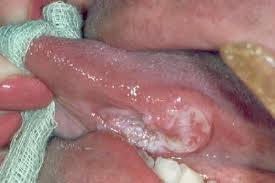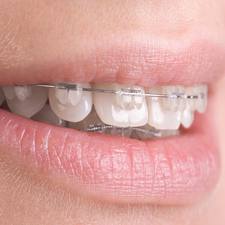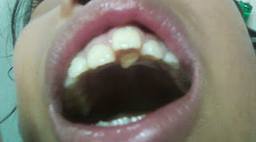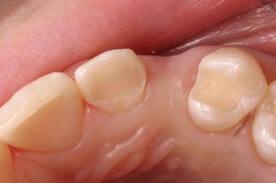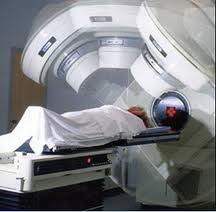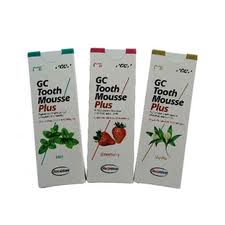Introduction
Oral or mouth cancers are any tumours that grows anywhere in the mouth. They are often associated with tobacco use. It is a condition of concern because some oral cancers are fatal if not detected and treated early, such as squamous cell carcinoma (SCC), which is due to uncontrolled proliferation of the squamous cells. Almost all oral cancers begin in the flat cells (squamous cell) that cover the surfaces of the mouth, tongue, and lips.
